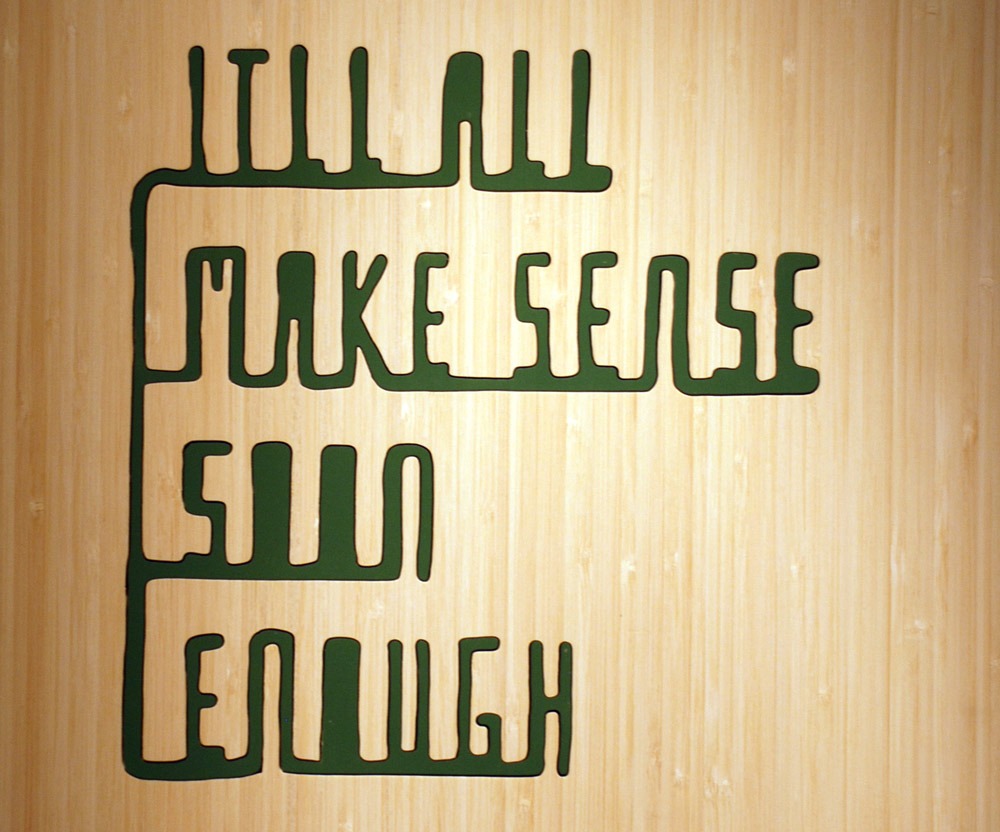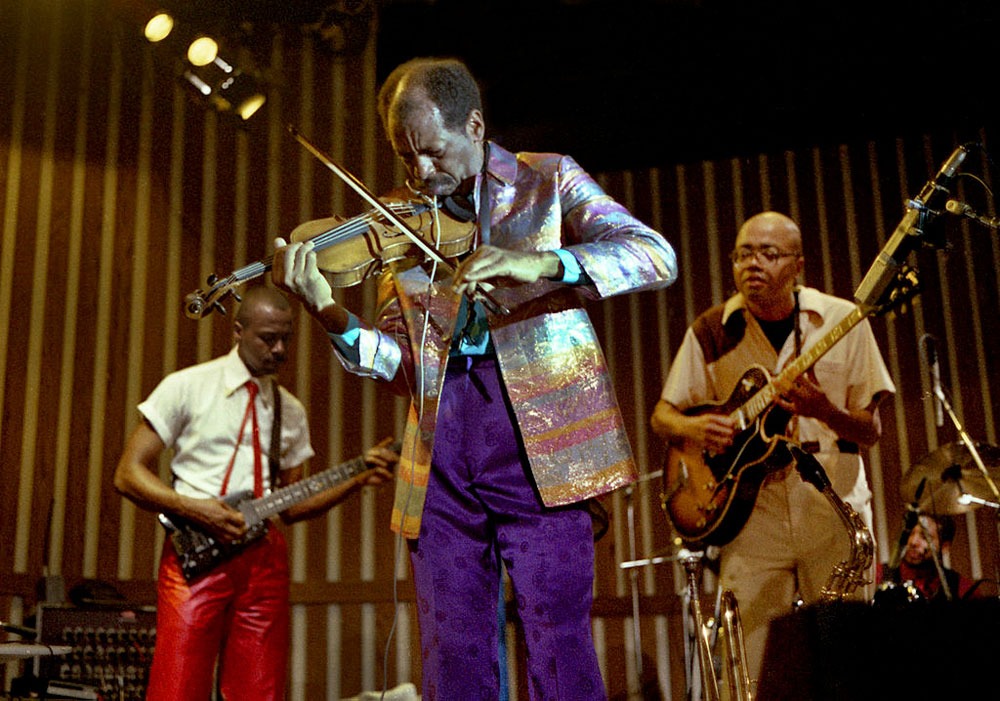
Much has been made recently about how our “narratives” about the way the world works create and reinforce the form and outcomes of social structures. Our civil society organizations are not immune from this dynamic. Nonprofits and movement groups are created and recreated by the way we talk about them; they sometimes feel the influence—and even seek to simulate—the very systems we are established to challenge.
For the next few days, NPQ will run a series on sensemaking organizations. These are complex organizations that defy clear cause-and-effect relationships, much like many in our sector that address complex social challenges. While this organizational change approach has been in practice since the late 1960s when it was introduced by Karl E. Weick, to date it is relatively unknown in our field. We find that it is particularly useful in these times, as our organizations are not only increasingly complex, but our social challenges appear to be quickening and reaching a breaking point. In times of rapid change, new arrangements and ways of working emerge that are better suited to the task. We believe this is such a time.
This series offers an overview of four key aspects of this approach that, we hope, will serve as an introduction to the concepts and practices. The first article, “The Sensemaking Organization: Designing for Complexity,” introduces the approach and distinguishes it from traditional change approaches. The second, “The Sensemaking Mindset: Improvisation over Strategy,” introduces enactment, creating through action, as the way we actually work and focuses on improvisation, as planning is no longer the main practice, or even feasible. The third, “The Sensemaking Worker: Organizing for Learning,” describes the type of worker who fares well in sensemaking organizations and how they can craft a career. Finally, the fourth and last article, “Structuring for Sensemaking: The Power of Small Segments,” describes how to build organizations structuring for interpretations rather than decision-making rights.
We at NPQ are already putting the approach into practice. Given our key role in sensemaking in the field, we have no choice but to jump in and explore. We hope these stimulate your thinking and move you to engage with us on the topic.
It can be said that a founding concept of the civil sector is the idea that when people come together, great things can happen. Solutions to social challenges, opportunities to build civic capacity, and cultural creation are just a few. Underlying this is the organizational capacity of groups—how do people come together (in association groups, social movements, or nonprofit organizations), often across difference, to accomplish mutual goals? It is particularly important to consider this right now because we are in what anthropologist Victor Turner might call an anti-structure moment, with social movements and everyday people challenging increasingly untenable power arrangements.
Turner posits that society is a “structure of positions,” or temporary fixed states, with other possible arrangements subordinated. (Turner 1967, 93) However, between these periods of order are other periods when we reconnect to untapped possibilities in order to imagine more relevant future structures. These are transitions between states, when an order that has held for some time no longer works.
In Turner’s classic essay “Betwixt and Between: The Liminal Period in Rites de Passage,” he writes “a transition has different cultural properties than those of a state.” (Turner 1967, 94) He explains, “Their condition is one of ambiguity and paradox, a confusion of all the customary categories.” (Turner 1967, 987) This is a time of lack of structure, interstructure, or anti-structure. He continues, “Undoing, dissolution, decomposition are accompanied by processes of growth, transformation, and the reformulation of old elements in new patterns.” (Turner 1967, 99)
These times require liminal being, a separation from status, a reconnection to others, an openness to the process of letting go, not knowing, and sensing the new, emerging structures. Just like the structures of the industrial era—hierarchy and centralization, clear cause and effect relationships, and efficiency—were relevant to that era, different ones are needed now. We have to be searching for them. We may be going from centralized to decentralized structures, but not without form or direction. We will just be directed by different things.
Sign up for our free newsletters
Subscribe to NPQ's newsletters to have our top stories delivered directly to your inbox.
By signing up, you agree to our privacy policy and terms of use, and to receive messages from NPQ and our partners.
The study of organizational design and development emerged in the US in the 1930s when theories about how organizations change and perform well began to emerge. Social psychologists observed that the world was changing rapidly and organizations that handle change well thrive. Social psychologist Kurt Lewin’s 3-step model of change—unfreeze-change-refreeze—is regarded by many as the classic or fundamental approach to change. What was noteworthy about this approach, at the time, was that Lewin saw change as occurring in distinct phases for which we could prepare and plan. Lewin’s model focused on decision making in industrial organizations.
In the 1960s, US organizational theorist Karl E. Weick introduced new ideas for organizational change that are more in tune with post-industrial organizations, that is, complex organizations where cause and effect relationships are less clear, lines of command relatively irrelevant, and uncertainty the norm. Weick’s approach views sensemaking as a precursor to decision making, for, we can only make decision about things we perceive and understand. Thus, he defines organizations as rationales for commitment and orients around individual cognitive processes.
Weick experiences organizations as loosely coupled systems due to the gap between their complexity, in size or environment, and the micro cognitive processes of the individuals that comprise them. People have what Weick calls bounded rationality—limited information processing capabilities, changing memories, and short attention spans that lead to people who notice different things, reflect at different times, and process different segments at different speeds. Not only is the scale different from individual to organization, but sensemaking across individuals “only modestly overlap[s].” (Weick 2001, 386) As a result, there are many versions of the organizations because people have different experiences of it. The organizational chart fails to capture this.
Weick also finds that individuals in complex environments experience difficulty in claiming the cause and effect relationships fundamental to organizational planning. There’s a reason why it’s hard to develop theories of change. Instead, people tend to focus on a portion of the available data, usually that which they can perceive, of which they can make sense, and in which they are interested. This partial sensemaking drives action, but there are always other plausible interpretations of things. This action, in turn, creates a change in the environment; therefore, there is no such thing as an environment separate from our actions or the things we choose to notice. After the action (and reaction), people again make sense of things. Thus, Weick argues, we tend to take action first and reflect on and understand what it means afterwards. Sensemaking is backwards looking venture, while planning is forward looking.
There is always more going on than any interpretation can hold (much like the potentialities subordinated in structured times), therefore, Weick proposes that instead of planning, the task is to accept and design for ambiguity, or to reduce ambiguity. He writes, “Given the existence of ambiguity produced by connections of variable strength, managers need to reduce ambiguity to tolerable levels.” (Weick 2001, 48) He quotes Athos, “Good managers make meanings for people.” (Weick 2001, 48) One way managers do this, is by “presuming that there is a logic by which events cohere.” (Weick 2001, 48) These logics are cause and effect inferences and are eventually captured in cause maps. Of course, these cause maps could be wrong. Nevertheless, Weick argues, they drive the action of the organization. He writes, “At the time the action was started, there was no guarantee that orderliness would be ‘there’ to validate the initial presumption.” (Weick 2001, 48) We could evolve Weick theory and add that while good managers may make meaning for people, great managers create collective meaning making platforms or conditions. As most organizations today are in fact networks, that is, much of their work is done by or with people outside the organization, managers must expand the sense making orbit.
In order to thrive in this reality, organizations must focus on creating cultures of reliability, rather than cultures of efficiency. For Weick, the recurring question is not, “What decision should be made?” but “What’s going on here?” This is an important distinction because, as Weick observes, “more attention is paid to organizations as decision makers than to organizations as interpretation systems that generate meaning.” (Weick 2001, 339) The last article in this sensemaking series, “Structuring for Sensemaking,” looks at how organizations structure for meaning making. For now, at the overview level, Weick suggests that a guiding question is: What is the extent that content is shared on operating teams? Because cultures of reliability are based on relevant meaning making, the focus is on stories, rather than models.
Finally, organizations should seek to match their sensemaking complexity with the complexity of their environment, or areas of focus. Weick calls this match requisite variety. Is your organizational culture reliable? Do you have enough difference—of ways of thinking, life experiences, networks—amongst your staff to understand as much as you need to about your area of focus and constituency? If not, how do you expand your sensemaking circle to enrich your knowledge and determine any relevant next steps?
Civil sector organizations—association groups, social movements, and nonprofit organizations—especially those working for social justice, are by nature sensemaking organizations. They bring people together across difference to address complex social issues, often with an ultimate goal of social change efforts aimed at higher, or more just, order. Not only are they sensemaking organizations, civil sector organizations serve a sensemaking role in society. The purpose of the sector is to pay attention to the complexity of the social body and lead social change that keeps the polity relevant.












